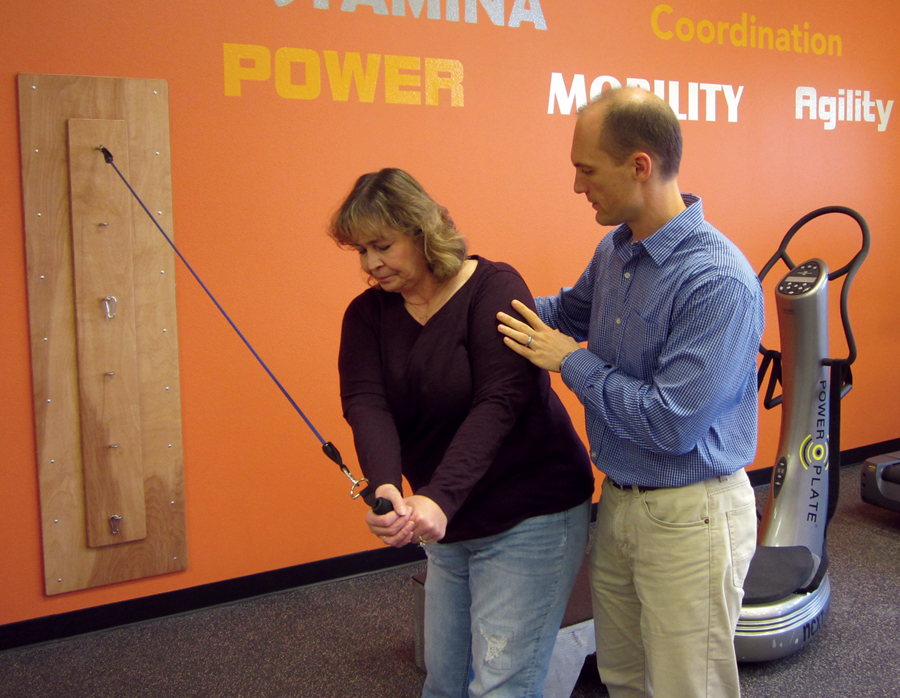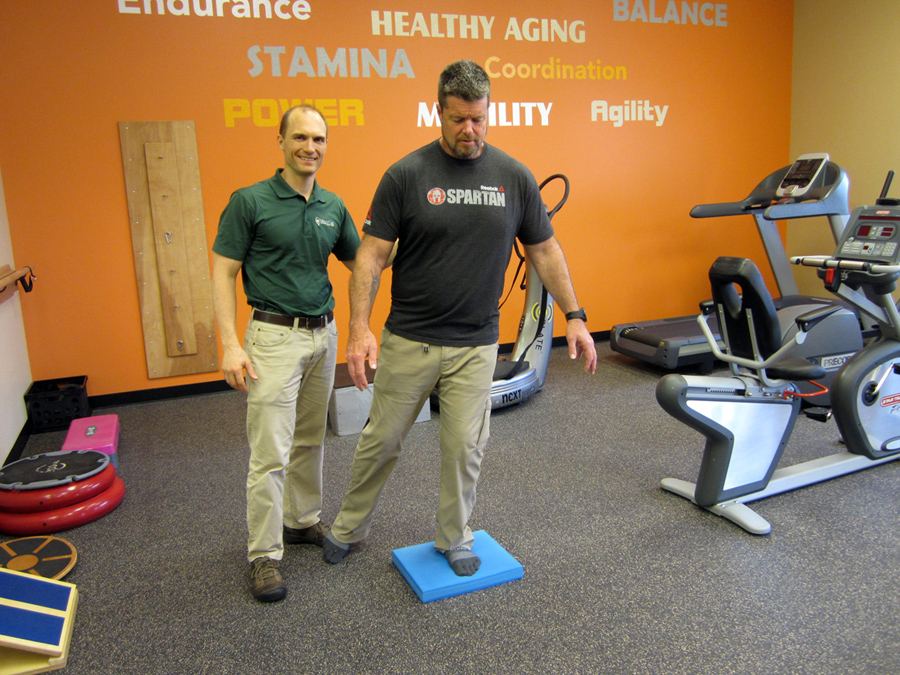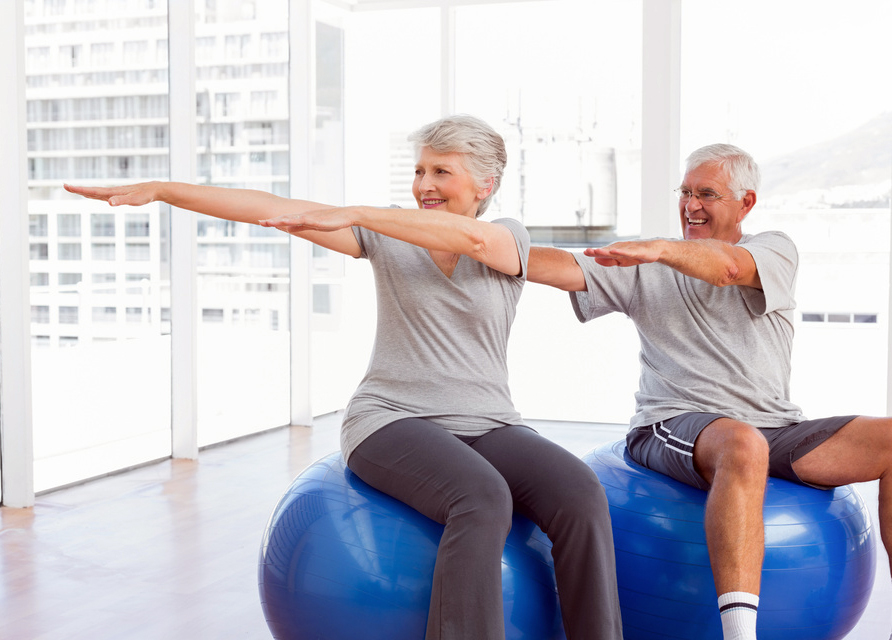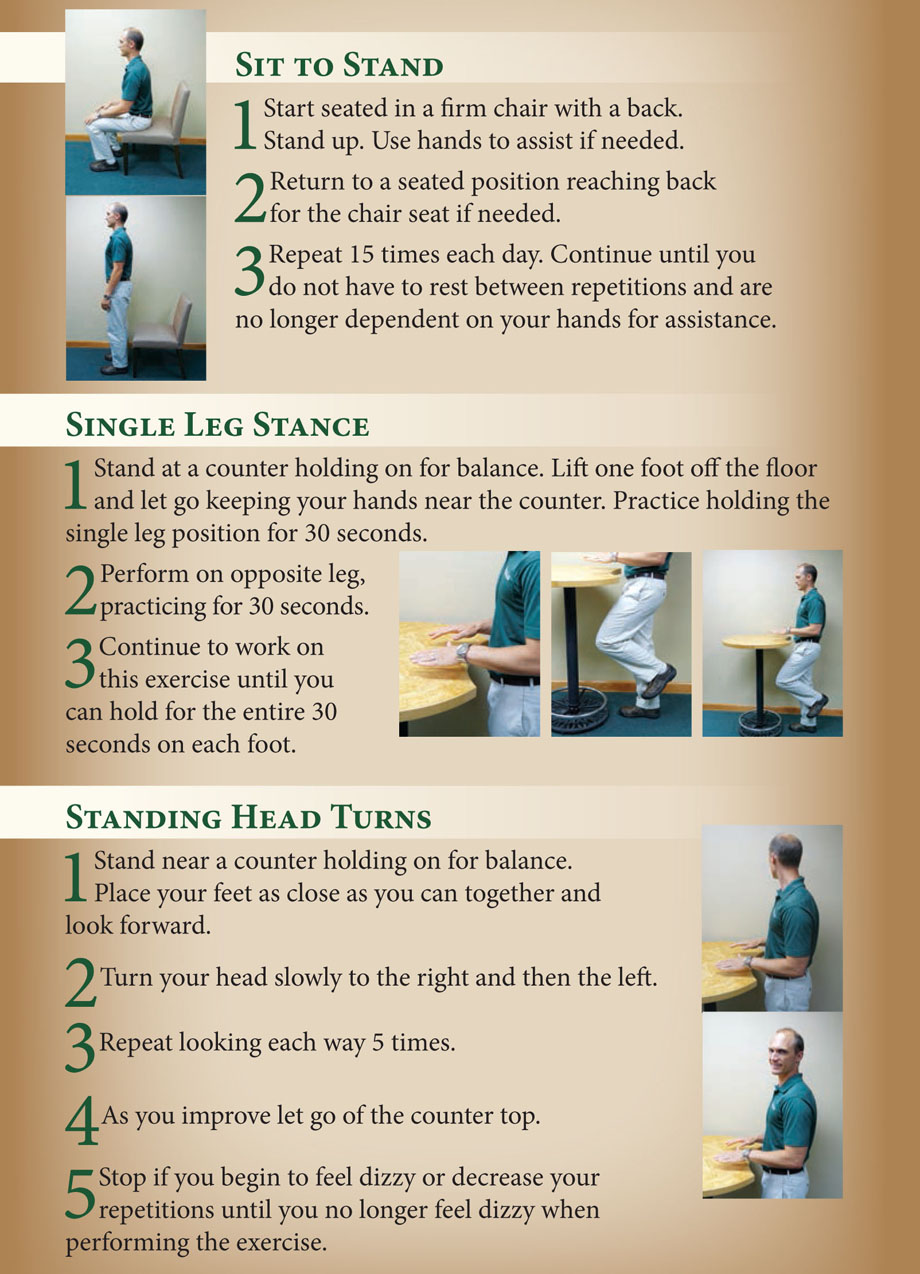There are many best practice guidelines for treatment of osteoporosis. In many ways the treatment is quite straight forward and taking steps to prevent it is critical for health aging. The sooner one starts the process, the better! Regardless of age or severity of the condition, it’s never too late to start. In most cases of osteoporosis, bone loss tends to be gradual. Bone density tends to peak in a person’s mid-twenties and worsens as a person ages. Statics conclude that in individuals over 50, one in two women and one in eight men will have an osteoporosis related fracture within their lifetime.
Osteopenia and osteoporosis can occur for many different reasons, but the most common reasons include:
- Females are more likely to experience bone loss.
- Certain ethnic groups. White Anglo-Saxons are more likely to develop these conditions.
- Prior family history.
- Medication side effects.
- Lack of proper nutrition, including vitamin deficits such as low Vitamin D3 levels.
- Hormonal dysregulation.
- Lack of weight bearing exercise.
- Being bed bound. Studies conclude that completely immobilized bones can lose up to 15% of mineral density within three months.
- Lack of resistance exercise.
- Certain genetic disorders.

Prevention and Treatment Strategies for Osteopenia and Osteoporosis:
Start Early
As we age, our bones will normally start losing some bone density and flexibility. (They become more rigid.) It’s important to work on optimizing bone density early in life. Bone density is best developed under 30 years of age, but it can be improved or at least slowed down at any age.
There are also studies that indicate pregnancy may also help to improve bone density. This assumes a healthy diet with adequate calcium levels is consumed during the pregnancy and while breastfeeding.
Weight Training
Weight training (particularly barbell training) loads the skeleton progressively over time, which can decrease bone loss and increase bone mineral density. It also positively affects hormones, such as human growth hormone (HGH) and testosterone, needed to improve bone density and muscle strength. Barbell training is the most effective method due to the progressive load on the skeletal system, and the muscle pull being exerted on the bone, which also stimulates bone formation.
Resistance training (other than through barbell training) can also be beneficial. You can resistance train by utilizing strong elastic bands and cords or even machine weights. This allows variations of pushing or pulling exercises that exert a force on the muscle, which stimulates muscle and bone development as well as optimizes vital hormone function. Depending on the type of exercise, the resistance bands can mimic skeletal loading.
The key to maintaining and improving bone density is always axial skeletal loading and the associated pull of muscles against the bone during activity (particularly, strenuous activity). Examples of such exercises include squats, lunges, and dead lifts.
Weight Bearing Activities
This refers to any activity, such as walking, jogging, hiking, climbing stairs, and dancing performed against gravity. Biking and swimming are examples of exercises that are not weight bearing and therefore, they are not as beneficial for bone development.
Vitamin D3
Vitamin D3 is critical to the absorption of calcium, through the intestinal wall, which is important for bone health. Although calcium is a critical component of bone health, I cannot recommend extra supplementation because of the potential cardiac risks to over supplementation. A healthy varied diet will typically supply adequate calcium levels (assuming that adequate magnesium and Vitamin D3 levels are present for absorption and that you are avoiding drinking soda). Vitamin D3 is also a critical nutrient in maintaining a healthy immune system.
Increase Your Intake of Vitamin K1 and K2
Research indicates that Vitamin K can help to reduce bone loss by helping the body regulate osteoclast function within the bone. An osteoclast is a type of bone cell that breaks down bone tissue. These very important cells are integral in maintaining proper bone density and insuring an appropriate amount of calcium in the blood stream. Without adequate calcium, many critical cell functions can be affected, including heart function. Both Vitamin K1 and K2 have been proven to reduce the risk of fractures, including hip and vertebral.
Vitamin K, found in green leafy vegetables, has anti-coagulation benefits. If you take blood thinning medications, your physician will need to know how much you consume on a regular basis so your medication can be properly dosed.
Avoid Soda
Excessive soda intake (particularly diet soda) has been linked to poor bone density. The exact cause isn’t entirely clear. Many theorize that the acidic nature of the soda along with the chemicals and additives cause increased osteoclast activity in the bones. This releases more calcium into the blood stream in order to help fight the negative effects of soda consumption. It is clear that too much soda is bad for your health and bones.
Magnesium
Magnesium is a critical component of bone health and health in general. Magnesium helps the body to regulate calcium levels. This has a positive effect on bone health and also has been proven to reduce the risk of kidney stones. Many also use magnesium as a sleep and recovery aid. When consumed at night it can be beneficial for improved sleep. Magnesium can also reduce muscle soreness, cramps, and/or spasms. You can take Mag Glycinate in pill form or by eating foods higher in magnesium such as spinach, artichokes, and dates.
Most people are deficient in the amount of magnesium they consume on a regular basis. It is often recommended to start supplementation with a beginning dose of 200 mg (before bedtime) and increasing the dose in 100 mg intervals as needed. I would caution you that taking too much magnesium can lead to diarrhea. Mag Glycinate in its oral form is the most highly absorbable.
Stop Smoking
If you smoke, please stop. It not only affects your bone density, but it has negative effects on every other body system. It also increases your risk of cancer and heart disease.
Eat Healthy
Do not eat anything that comes in a package. A diet with proper vitamins and minerals is not only imperative to preventing osteoporosis, but it is the key to preventing most disease and illness. Most of our food should be from low sugar fruits and vegetables as well as protein and healthy fats (primarily from plant sources such as avocados and coconut or olive oil). Any animal fat should be from organic and grass fed animals. Your body tissue needs nutrients to be able to perform at a high level.
Avoid processed food as much as possible. Limit sugary food and add more protein and healthy fat in your diet. Maintaining a diet with adequate healthy fats is essential in providing the nutrients to support all hormone function in the body as well as support the brain and nervous system. Adequate protein intake is necessary to support muscle health and development. A healthy diet equates to healthy bones.
In order to prevent or alleviate osteoporosis and osteopenia, implement weight bearing exercise and resistance training; a lifestyle free of smoking and alcohol; and regular bone density screenings. Maintain a balanced diet rich in calcium, Vitamin D3, Vitamin K, and magnesium. It’s never too late to implement these strategies as you maintain a healthy lifestyle. For additional information, please refer to Q & A: How to Self-Treat Osteopenia and Q & A: Which Type of Imaging to Use.
Which strategies can you implement in order to prevent and self-treat osteopenia and/or osteoporosis? Please leave your comments below.
If you have a question that you would like featured in an upcoming blog post, please comment below or submit your question to contact@thePhysicalTherapyAdvisor.com. Be sure to join our growing community on Facebook by liking The Physical Therapy Advisor!










